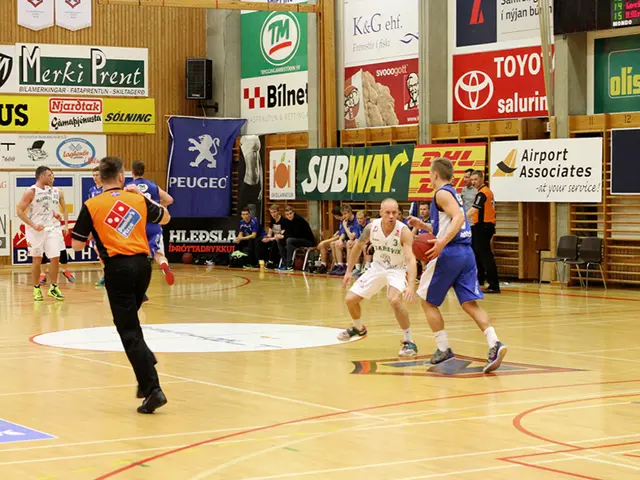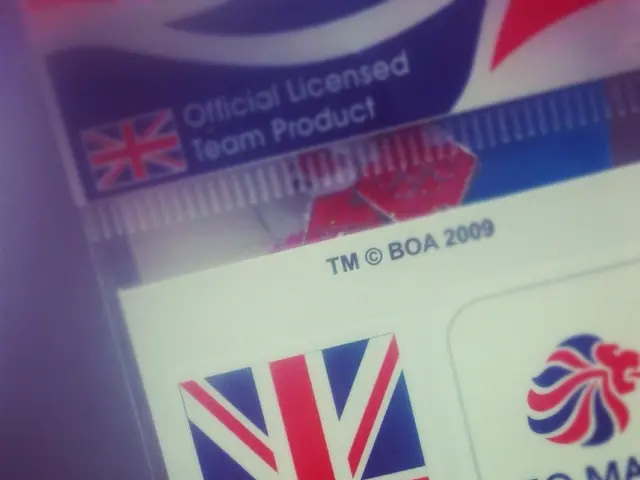Applying Search Boxes to Boost Efficiency: A Step-by-Step Guide
In the digital age, search boxes have become an essential part of user interface design, serving as a valuable tool for users navigating complex programs and websites.
According to Jenifer Tidwell, author of the 2010 book "Designing Interfaces: Patterns for Effective Interaction Design", search boxes are crucial for ensuring users can find what they're looking for easily. They are prominently placed, typically at the top of a search engine, website, or application, and are distinguishable from the background to catch the user's eye.
Search boxes allow users to control their own destiny and assert independence from websites' attempt to direct how they use the web. They are valued by users as they provide a means to find specific information, words, items, files, or options quickly and efficiently.
To enhance user experience, search results should be displayed in order of relevance to the term. A word or icon should be included to show the user that the search field is editable. Additionally, visualizing previous search terms in a dropdown menu can help speed up the process when users make common searches.
A clearly visible 'submit' button or an icon that performs the same function when clicked is also essential. In some cases, automatically placing the cursor within the search box can allow users to search for content the moment they arrive.
Search boxes serve as an escape hatch when users are stuck in navigation and cannot find a reasonable place to go next. They are also beneficial in help functions of an application, helping users find answers to specific problems quickly and easily.
However, implementing a search box is not just about making it available. It's about considering any problems users may face in accessing the information they need. Placing search boxes at the highest point on a page, or just beneath the global navigation area, can make them easily accessible. To distinguish the search box from the rest of the user interface, outlining the input field and making sure the internal color contrasts with the surrounding color is essential.
In conclusion, search boxes are an important time-saving design element, especially in complex programs or websites with many different sections, pages, categories, options, or groups of content. They are a common user interface design element that allows users to enter letters, words, and terms to return content or options related to their input, making them an invaluable asset in the world of digital navigation.








